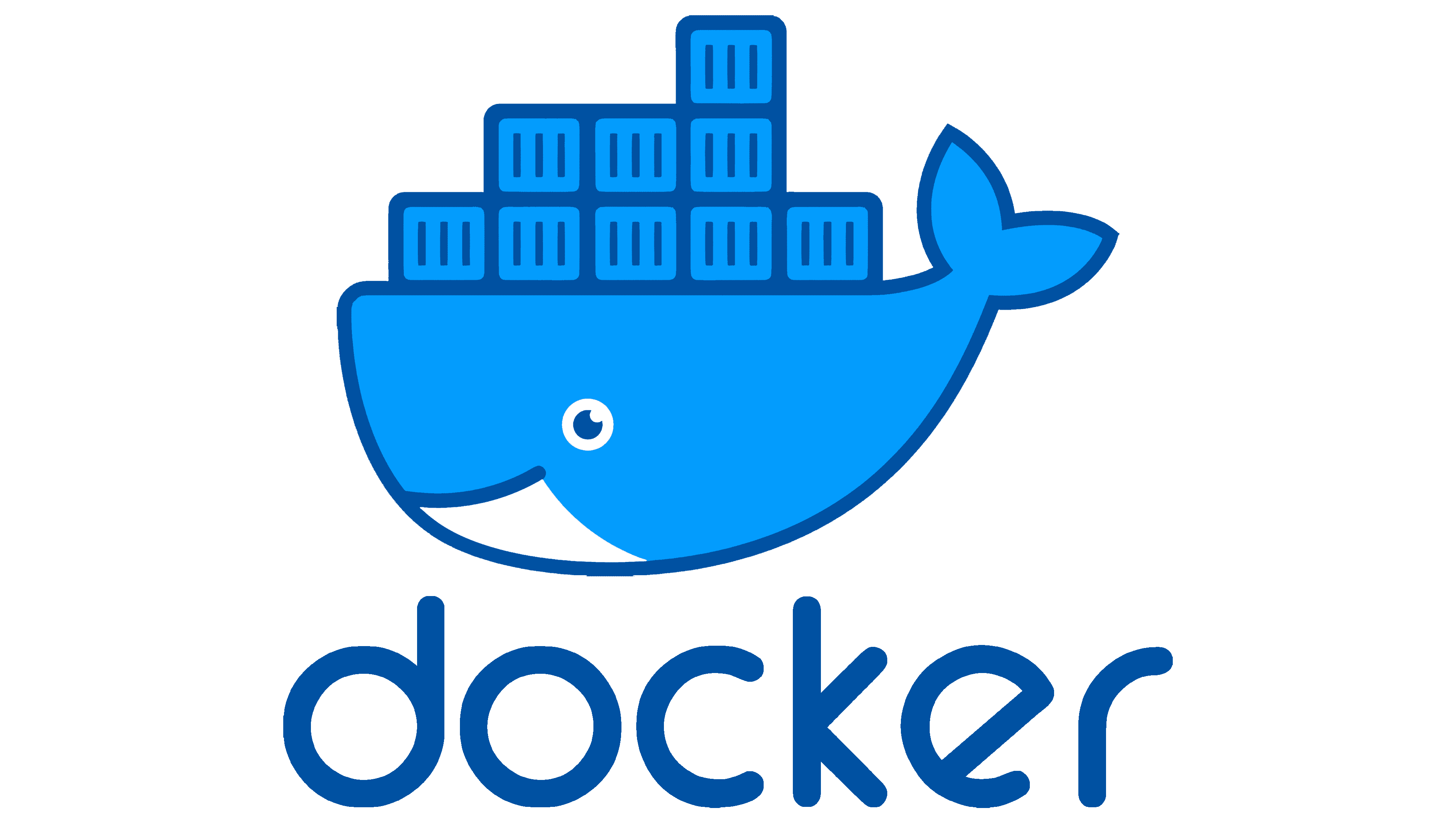Essential Docker Concepts Every DevOps Engineer Should Master for Interviews
 Mohd Shadan
Mohd Shadan
Container:
A lightweight, standalone, and executable software package that includes everything needed to run an application (code, runtime, system tools, libraries).
Image:
A read-only template used to create containers. Images are built from Dockerfiles and can be stored in a registry.
Dockerfile:
A script with a set of instructions to create a Docker image. It defines the base image, application code, dependencies, and configuration.
Docker Compose:
A tool to define and run multi-container Docker applications using a YAML file (docker-compose.yml). It simplifies running complex environments.
Volume:
A mechanism for persisting data generated and used by Docker containers, ensuring data is not lost when a container stops.
Bind Mount:
Directly connects a directory on the host system to a directory in the container, allowing changes in either to be reflected in both.
Registry:
A centralized location where Docker images are stored and distributed, such as Docker Hub or a private registry.
Layer:
Images are made up of layers, which are stacked to form a final image. Each command in a Dockerfile creates a new layer.
Tag:
A version identifier for Docker images, typically used to differentiate between versions of an image (e.g., nginx:latest, nginx:1.19).
Entrypoint:
A command or script that always runs when a container starts. It defines the main process within the container.
CMD:
Specifies the default command to run inside a container. It can be overridden when starting the container.
Expose:
Defines which ports the container listens to, allowing communication between containers or from the host.
Docker Network:
Allows containers to communicate with each other. Types include Bridge, Host, and Overlay networks.
Docker Swarm:
A native clustering and orchestration tool for Docker. It manages a cluster of Docker engines and allows container scheduling across nodes.
Docker Engine:
The core component of Docker that runs and manages containers. It includes the Docker daemon, REST API, and CLI.
Build Context:
The directory that contains the Dockerfile and associated files, sent to the Docker daemon during the image build process.
Multistage Build:
A feature that allows multiple FROM statements in a Dockerfile, improving efficiency by reducing image size and separating build and runtime environments.
Container Registry:
A service to store and distribute Docker images. Examples include Docker Hub, Amazon ECR, and Google Container Registry (GCR).
Health Check:
A mechanism to test whether the application inside a container is healthy and ready to accept traffic.
Orchestration:
Using a tool like Kubernetes or Docker Swarm to manage containers, ensure high availability, scaling, and service discovery.
These terms showcase a strong understanding of Docker's core components and best practices for containerization.
Subscribe to my newsletter
Read articles from Mohd Shadan directly inside your inbox. Subscribe to the newsletter, and don't miss out.
Written by

Mohd Shadan
Mohd Shadan
DevOps & Clouds Enthusiast | AWS | Azure | DevOps | Linux| Windows | Python | Shell Scripting Learning technologies....